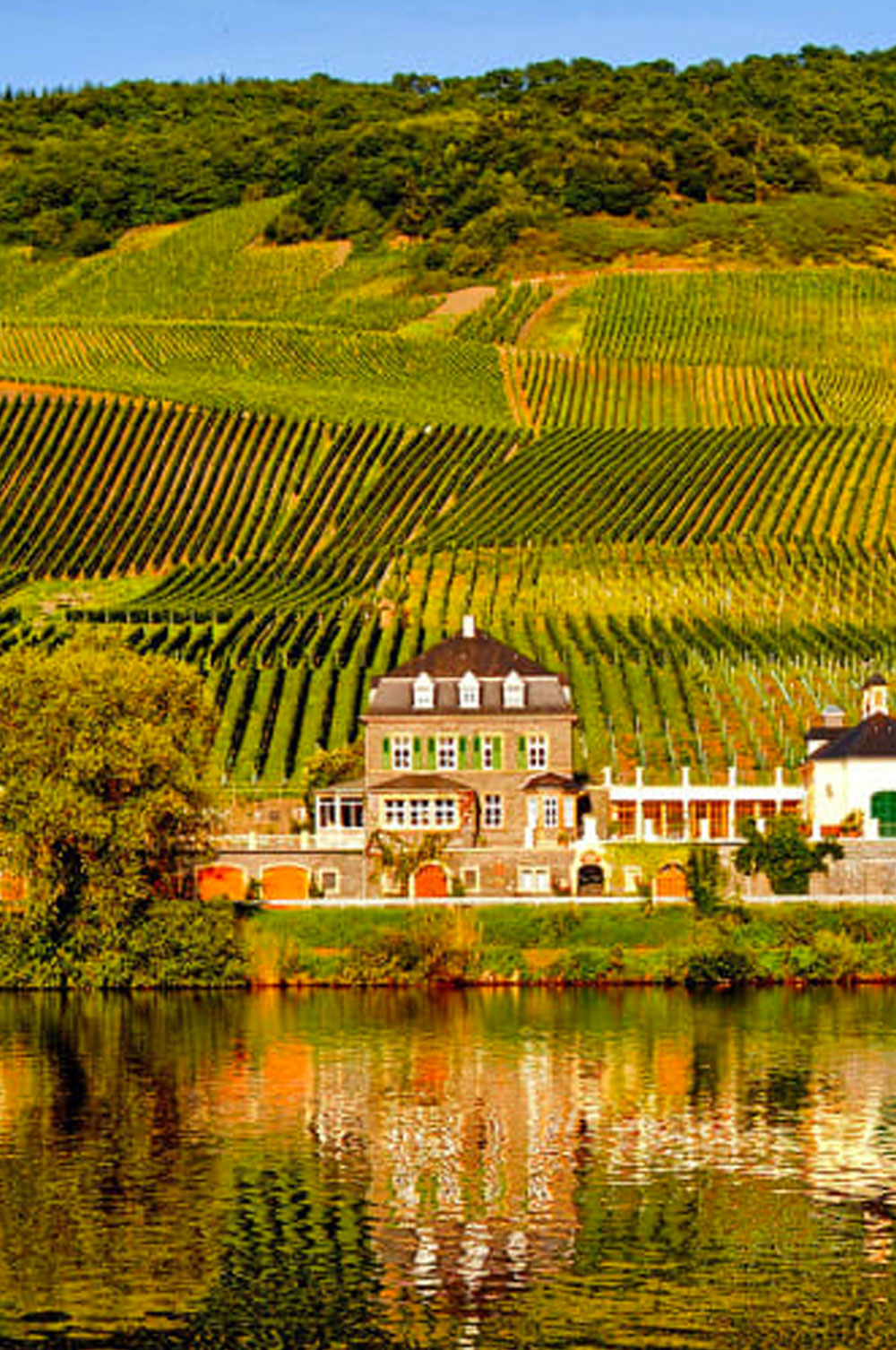
Germany is known for its high-quality white wines, particularly from the Riesling grape variety, which reflect the country’s rich winemaking tradition and unique climatic conditions. But a striking feature of German wines, which confuses many who want to try them, is the complexity of their classification system.
To demystify these difficulties, we can classify German wines summarily according to their quality: Tafelwein and Landwein (regional wine), which are simple and accessible table wines; Qualitätswein (QbA), which are quality wines with controlled origin, from one of the 13 authorized wine regions. And finally, Prädikatwein or Qualitätswein mit Prädikat (QmP), which includes superior quality wines, with controlled origin, but with an additional classification (the Prädikat) based on the residual sugar content of the grapes at the time of harvest (measured by the Oechsle Scale).
In turn, within Prädikatwein, we can find 6 subcategories of wines in increasing order of must sugar level:
Kabinett: Light and elegant wines, harvested early in the harvest season.
Spätlese: Wines resulting from a later harvest, with riper and more complex grapes.
Auslese: Selected wines, made from individually chosen grapes, usually handpicked.
Beerenauslese: Wines made from grapes affected by botrytis cinerea, also known as “noble rot,” resulting in intense and concentrated flavors.
Trockenbeerenauslese: The sweetest and most luxurious wines, made from super ripe grapes dehydrated by botrytis cinerea.
Eiswein: Ice wines, produced from grapes frozen on the vineyard, resulting in sweet and intensely aromatic wines.
But the best way is to taste them. German wines offer a wide range of styles and flavors that delight wine lovers around the world.
Here you can find a selection of wines from the prestigious winery Dr. Loosen.
“Great wines are the perfect expression of soil, climate, and grape variety.” – Dr. Loosen

